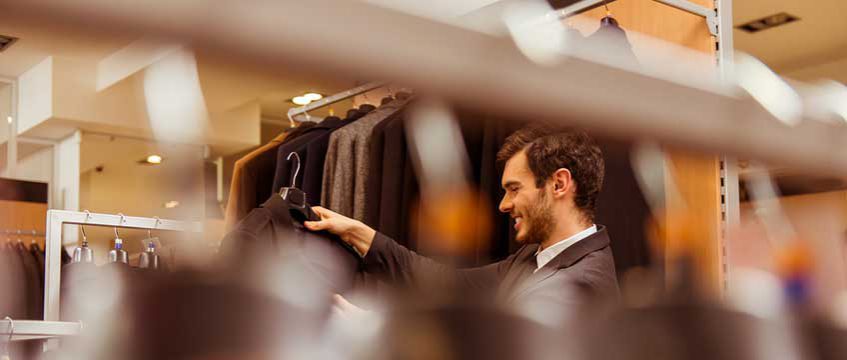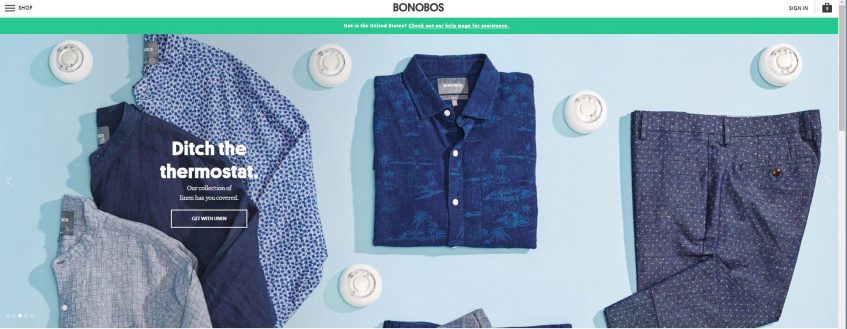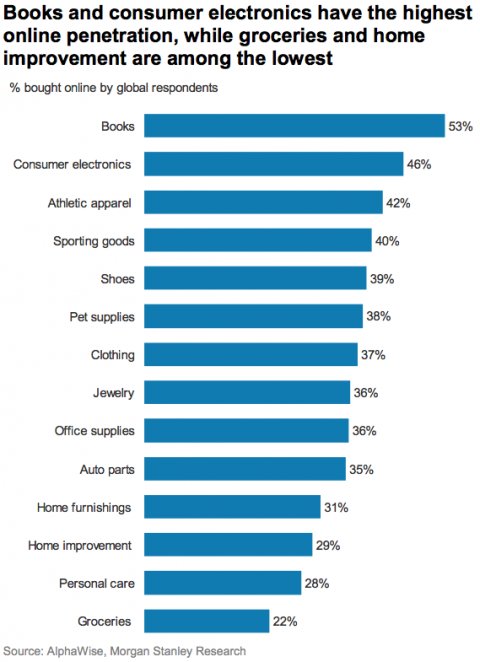
Analyzing Bonobos’ new brick-and-mortar approach to eCommerce
There’s a never-ending debate between two types of consumers: those who prefer the convenience and anonymity of shopping online and those who like the visceral experience of shopping in a store. Bonobos, a men’s clothing boutique, decided not to choose either camp. Instead, it’s built a bridge between the two preferences by offering an online e-commerce store as well as brick-and-mortar “Guideshops.” Think of the latter as an ecommerce store gone analog.


How do Guideshops Relate to E-Commerce Sales?
Think of a Guideshop as an interactive museum. The only difference is that every exhibit is also on sale through the Bonobos website.
Men can visit a Guideshop and try on clothes. Every item that the company sells online is available in the Guideshop (and in a wide range of sizes). After the customer finishes trying on clothing, Bonobos emails him his selections so he can make a purchase online.
Customers can touch the fabrics, feel the fit, and compare different colors, none of which is easy while shopping online. You can make an appointment in advance or walk in when you happen to find yourself in the neighborhood of a local Guideshop.
Essentially, these Guideshops serve as an extension of the e-commerce store. It targets a market that might not feel comfortable shopping exclusively online, which means that this type of approach could increase market share.
Value-Added Service
Guideshops offer more than racks of clothing and a few dressing rooms. Each location is staffed with Guides who take customers’ measurements, recommend products, and help them place their orders if they wish. This attention to detail combines the luxury and convenience of a personal shopping assistance with an e-commerce platform.
These extra services can go a long way toward improving customer relations and carving out a unique niche. In a department or big box store, it’s sometimes difficult to find a clerk or customer service representative — let alone get help with selection.
Apparel is one area where brick-and-mortar shops are still putting up a good fight against e-commerce. Sizes run differently for different brands, and the hassle of shipping returns is a big turn-off for a lot of shoppers. In a 2013 study conducted by Morgan Stanley, data showed that only 37% of products bought online by e-commerce shoppers were clothing items. This study precedes the huge influx of inexpensive Chinese e-commerce channels into Western markets, but is still understandable. Bonobos’ business model tackles the fears of buyers of receiving a product that doesn’t look, feel or fit like they thought it would.
Potential Downsides
Writing for HubSpot, inbound marketing specialist Morgan Jacobson points out a few limitations that Bonobos’s business model poses. For one thing, customers can’t walk out of a Guideshop with their new clothing. They have to wait for the order to process and ship, which could eliminate the pleasant sense of instant gratification that comes with in-person shopping.
Additionally, shipping times can vary. If a customer wants a new suit for a corporate event, he’ll probably skip Bobobos in favor of a more traditional shopping venue. However, it’s important to note that the company targets a particular subset of the population: people who are comfortable ordering online, but who might need personal attention every once in a while.
Developing an approach for your e-commerce business is essential to your branding and marketing strategy. If you know about companies like Bonobos, you can test out fresh theories that might put you ahead of the competition. In the meantime, sign up for Payoneer to take advantage of our fast global payment options for e-commerce sellers around the globe.





